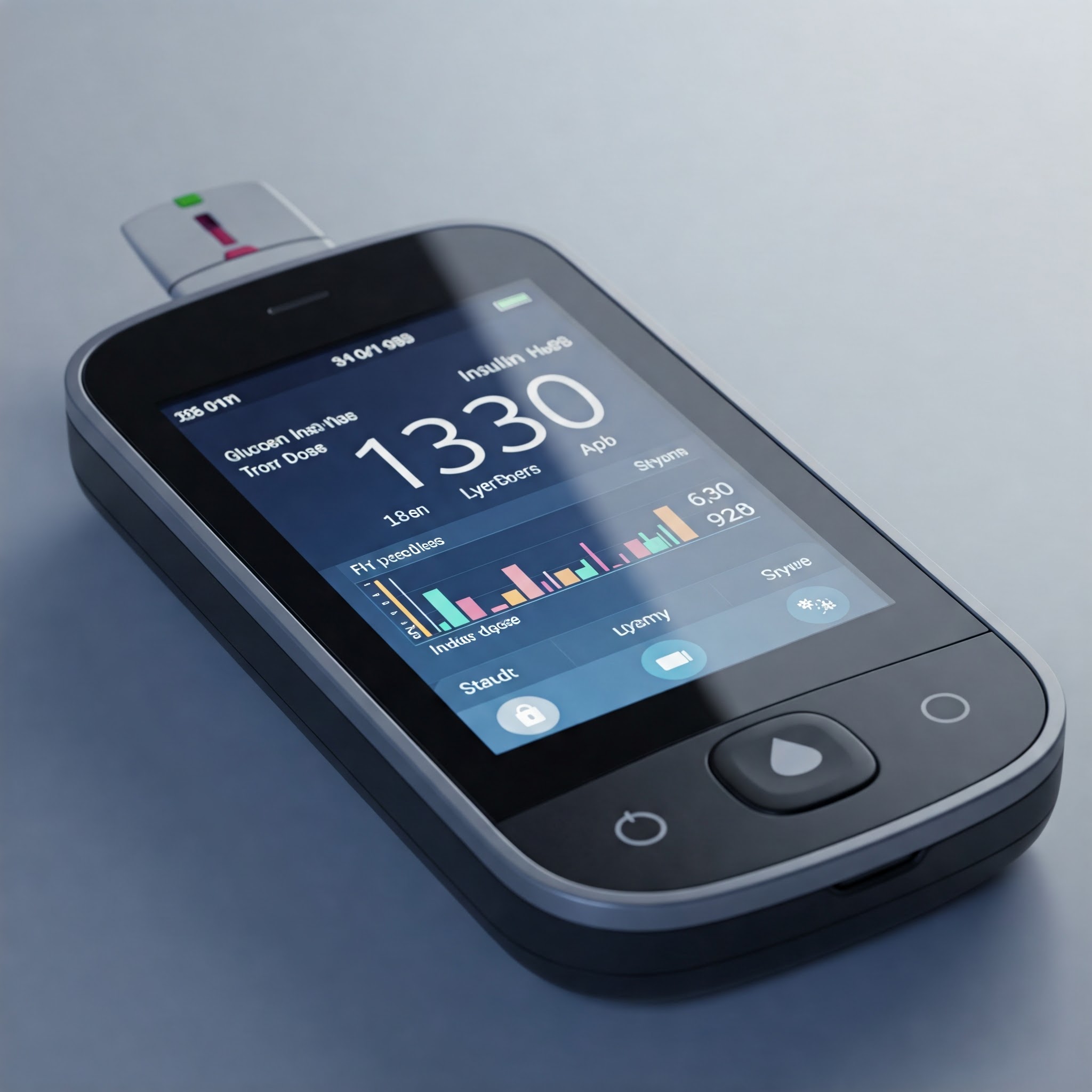Imagine checking your blood sugar without needles or pricks.
It sounds like a dream for millions of diabetics. But according to French health authorities, this dream can quickly become a nightmare.
A growing number of smart devices — watches, rings, and skin sensors — claim to measure glucose levels without piercing the skin. Unfortunately, these claims are false and dangerous, say the ANSM (French National Agency for Medicines Safety) and the DGCCRF (Consumer Fraud Authority).
Let’s dive into what you need to know — and why you should avoid these devices at all costs.
 No Pricks, Big Problems: Why These Devices Are Unsafe
No Pricks, Big Problems: Why These Devices Are Unsafe
Over the past year, a wave of wearable gadgets has appeared online, promising non-invasive glucose monitoring. The idea? Place the device on your wrist or finger, and it supposedly reads your blood sugar through your skin.

“No smartwatch-based glucose monitoring has been proven reliable,”
— French Diabetes Federation
Only two methods are currently safe and medically approved:
- Blood samples via traditional glucometers
- Under-the-skin sensors like continuous glucose monitors (CGMs)
The rest? Often fraudulent, and sometimes using fake certification logos to appear legitimate.
 What Are the Health Risks?
What Are the Health Risks?
When diabetics rely on these unreliable devices, they risk:
- Missing signs of dangerously low (hypoglycemia) or high (hyperglycemia) sugar
- Incorrect insulin dosages
- Delayed emergency care
In severe cases, this can lead to hospitalization, coma, or even death, according to the ANSM and DGCCRF.
These devices don’t just fail — they can give false confidence, which is even worse.
 Why Are These Devices Spreading?
Why Are These Devices Spreading?
Thanks to social media ads and online marketplaces, these devices are just a click away — often sold with slick marketing that targets vulnerable diabetics.
The French authorities are working with platforms to remove illegal listings. But the problem is spreading fast, and not just in France.
Even the U.S. FDA has issued a statement:
“No such device has ever been tested, approved, or authorized by the FDA.”
 Bought One? Here’s What You Should Do
Bought One? Here’s What You Should Do
If you’ve already purchased one of these smart glucose gadgets, here’s how to stay safe:
- Stop using it immediately
- Return to traditional, approved monitoring tools
- Consult your doctor or pharmacist
- Report the product on SignalConso
- Request a refund from the seller or platform
 Final Reminder: Your Health Isn’t a Gadget Experiment
Final Reminder: Your Health Isn’t a Gadget Experiment
The ANSM is clear:
“No current technology can measure glucose levels reliably through skin contact alone.”
This is more than a tech fad — it’s a public health risk. With over 4 million diabetics in France, the importance of using certified, medically validated tools cannot be overstated.
Don’t fall for promises of painless sugar monitoring.
Your health deserves better.

